
What is coriander chutney and what is the recipe for making chutney?
Coriander chutney is a vibrant condiment cherished in many culinary traditions, particularly in Indian cuisine. Made primarily from fresh cilantro (coriander leaves), it often includes green chilies, garlic, lemon juice, and spices. This combination creates a bright, zesty flavor that enhances a variety of dishes, from snacks to main courses.
The significance of coriander chutney goes beyond its taste. In many households, it serves as a staple accompaniment, providing a refreshing contrast to spicy or fried items. It is often enjoyed with popular snacks like samosas and pakoras, as well as with rice and flatbreads. This versatility makes it a beloved feature in families across generations.
In recent years, its popularity has extended beyond the Indian subcontinent. You can find variations like mint coriander chutney and tomato coriander chutney in many parts of the world, where they complement grilled meats, sandwiches, and salads. These adaptations showcase the adaptability of coriander chutney, inviting everyone to explore its unique flavor profile. Whether you’re a seasoned cook or a beginner, experimenting with a coriander chutney recipe can be a delightful venture into the world of flavorful cuisine.

Health Benefits of Coriander Chutney:
-
Improves Heart Health: Coriander is known to help lower cholesterol levels and improve circulation.
-
Regulates Blood Pressure: The potassium content in coriander helps regulate blood pressure and maintain heart health.
-
Supports Weight Loss: It aids in digestion and metabolism, which can support weight loss efforts.
-
Boosts Memory: Coriander has neuroprotective properties that may improve cognitive function and memory.
-
Enhances Eye Health: Vitamin A in coriander promotes good vision and helps prevent eye-related issues.
-
Relieves Nausea: The ginger and coriander combination helps settle the stomach and relieve nausea.
-
Improves Liver Function: It helps in detoxifying the liver and promoting overall liver health.
Step-by-Step Coriander Chutney Recipe
To make a delicious coriander chutney, follow this simple recipe. Begin by gathering your ingredients. You'll need fresh coriander leaves, green chilies, lemon juice, garlic, ginger, salt, and water. If you're feeling adventurous, you may also add a little cumin or yogurt for extra flavor.
-
Preparation: Rinse the coriander leaves thoroughly to remove any dirt. Then, chop the stems slightly to make blending easier. If you prefer a milder chutney, consider removing the seeds from the green chilies.
-
Blending: In a blender, combine the chopped coriander, green chilies, garlic, and ginger. Squeeze in some fresh lemon juice, add a pinch of salt, and pour in just enough water to facilitate blending. Blend everything until you achieve a smooth, consistent mixture. Adjust the consistency by adding more water if necessary.
-
Serving Suggestions: Once your chutney is ready, taste it and adjust the seasoning if needed. Serve it fresh alongside snacks, like samosas or pakoras. It also pairs wonderfully with grilled meats or as a spread in sandwiches.
This coriander chutney recipe offers endless versatility, and it can easily be transformed into variations like mint coriander chutney or tomato coriander chutney by adding those specific ingredients. Enjoy experimenting with different tastes!
Variations of Coriander Chutney
Coriander chutney has numerous variations that cater to different taste preferences and culinary uses.
-
Coriander Mint Chutney: This variation includes fresh mint leaves along with coriander, giving it a refreshing, cooling flavor. It's great for pairing with spicy foods.
-
Tamarind Coriander Chutney: Tamarind paste is added for a tangy sweetness, making the chutney more flavorful and balancing out the spiciness.
-
Coconut Coriander Chutney: Grated coconut is blended with coriander to create a creamier, slightly sweet chutney, often served with South Indian dishes like dosa or idli.
-
Peanut Coriander Chutney: Roasted peanuts are added to the chutney, giving it a rich, nutty flavor and extra texture. It’s popular in various regional cuisines.
-
Garlic Coriander Chutney: Garlic is blended with coriander, adding a bold, savory taste. This version is perfect for those who love the strong flavor of garlic.
-
Yogurt Coriander Chutney: A bit of yogurt is mixed into the chutney, making it creamier and milder in flavor, while also adding probiotic benefits.
Ways to Incorporate Coriander Chutney in Diet:
-
As a Dip: Pair coriander chutney with snacks like samosas, pakoras, or chips for a refreshing dip.
-
In Salads: Drizzle it over salads to add a zesty, tangy kick.
-
As a Marinade: Use it to marinate meats or tofu, adding flavor before grilling or baking.
-
With Paratha & Roti: Enjoy it with paratha, roti, or any Indian flatbread as a tasty accompaniment.
-
In Smoothies: Add a spoonful to smoothies for an extra punch of flavor and nutrients.
-
In Soups & Curries: Stir it into soups or curries for a fresh, herbaceous twist.

A Versatile and Delicious Addition to Your Meals
Coriander chutney holds a special place in many kitchens due to its vibrant flavor and versatility. This condiment can elevate a simple meal, adding a refreshing zest to dishes ranging from grilled meats to vegetarian curries. Its significance extends beyond mere taste; it's a staple in numerous cuisines, showcasing the cultural diversity in how this ingredient is appreciated and utilized.
Making your own chutney allows you to tailor the flavor to your preferences. Whether you decide to whip up a classic blend, a refreshing mint coriander chutney, or a tangy tomato coriander chutney, each version brings its unique character to the table.
Using fresh ingredients is key to achieving the best results. Not only will it enhance the flavor, but you'll also benefit from the nutritional value that fresh herbs provide. So, don’t hesitate to explore different recipes and spices as you develop your perfect chutney.
This Blog post is an initiative by Lo! Foods, to provide accurate and Nutritionist / Doctor approved information related to Health. Lo! Foods is India's leading brand for Everyday Functional Foods. Foods designed for specific Health conditions or Needs. Lo! Foods also runs India's largest range of Low Carb Healthy Cloud Kitchens, under the brand names of Lo!, ProteinChef, ATH (All Things Healthy) and DiabeSmart.



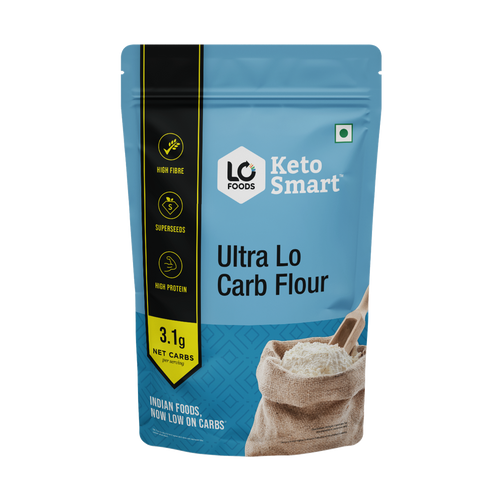
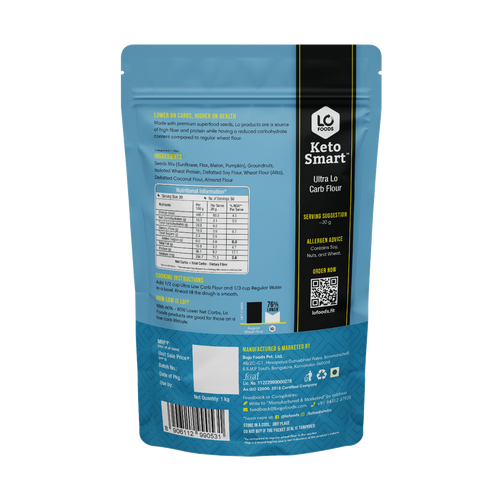

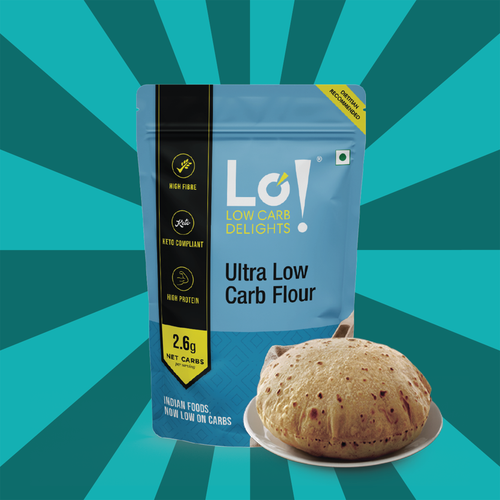


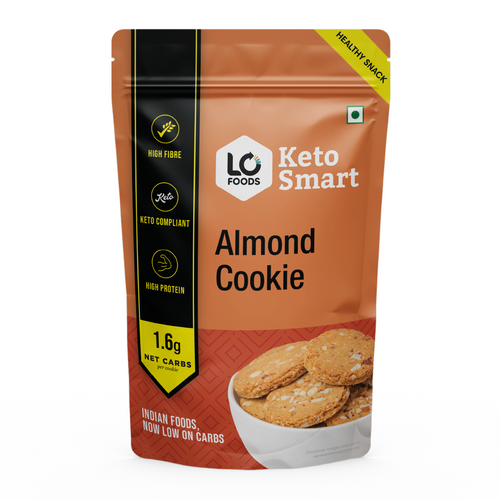



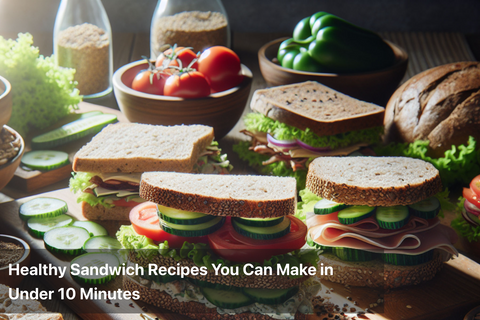

Leave a comment
Your email address will not be published.